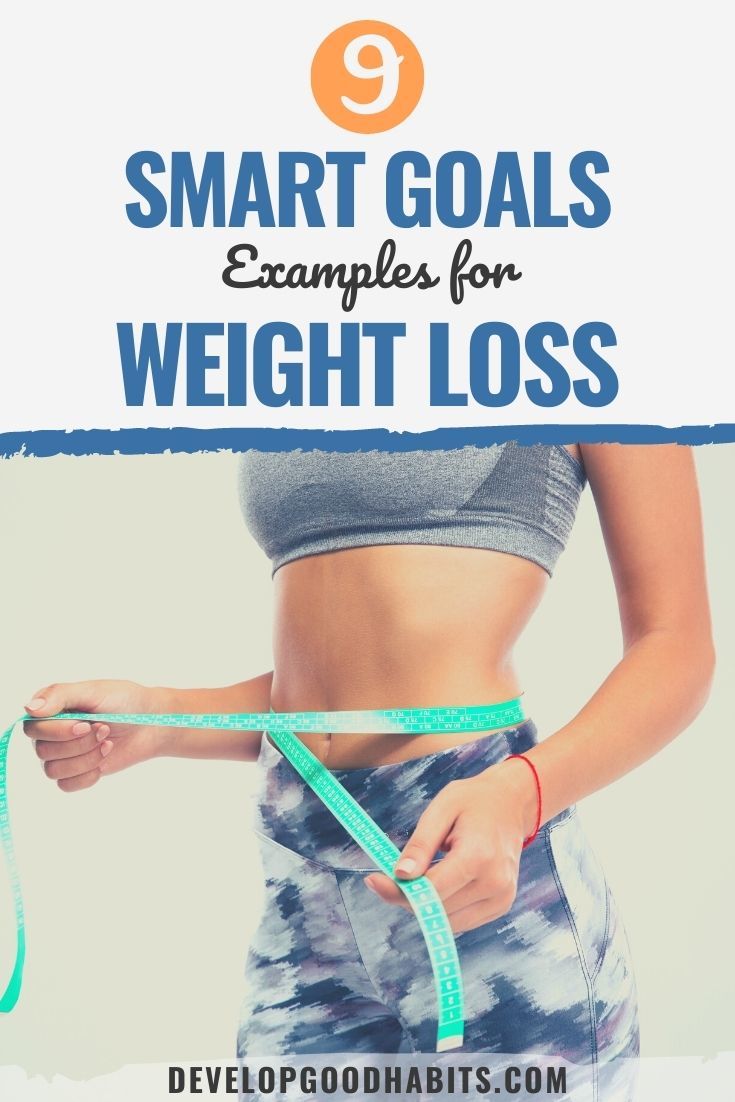
There are several steps you can take immediately to reduce salt consumption. Avoid packaged and processed foods. These foods, which are high in sodium include smoked and salted beefs, as well hard and soft cheeses. You can also reduce salt by sticking to fresh fruits and veggies. This is a simple and effective way to lower salt intake. Try to cut down on the amount of salt you consume from pizza, pastas, and soft drinks.
Another easy way to decrease salt is to cook your own meals. You can also control how much salt you use and add flavourings to spice up your meals. You can also get rid all salty condiments out of your cupboards. Use pepper grinders instead of tableside salt shakers, and slowly reduce your salt intake until you reach your goal.

Reducing salt intake is easier than you may think. Slowly reducing salt intake can help you increase salt content in recipes without compromising taste or texture. Instead of using salt to enhance the flavor, use herbs, spice, and other ingredients. You can also limit your consumption of processed foods, like processed meats, and instead choose fresh fruits and vegetables. You can also substitute other fillings in place of meat.
It may seem hard to limit your salt intake, but it is essential for your health. Research shows that too much salt can be bad for your heart. Salt intake that is too high can lead to heart disease, high blood pressure and depression. Salt can cause adverse effects on your body and negatively affect your ability to cook. You can learn more about the benefits of reducing your salt intake by installing an App.
In order to lower your salt intake, you should eat less processed food and more fresh fruit and vegetables. Heart disease prevention is as simple as keeping your blood pressure under control. You'll have more energy and prevent heart disease. You need to reduce your salt intake if you want to improve your overall health. You must eat healthier foods if you wish to decrease your salt intake. Healthy and nutritious food is essential. This is why the government needs to make it easier for people to eat healthy foods. Monitoring salt intake should be done, along with monitoring consumer attitudes.

There are several ways to reduce your salt intake. The easiest way to reduce your salt intake is to substitute regular food items with lower-sodium ones. It is often easier to change to a lower-salt version than to start a whole new lifestyle. It is also a good idea to switch to low sodium soups and other low salt varieties. This will help you cut down on your sodium intake by making a healthy lifestyle.
FAQ
What is the healthiest lifestyle to life?
A healthy lifestyle means eating healthy foods, exercising regularly, sleeping well, and avoiding stress. These guidelines will help you live a long, healthy life.
Small changes to your diet or exercise routine can help you start losing weight. To lose weight, you can start walking for 30 mins each day. Swimming or dancing are great options if your goal is to become more active. An online fitness program such as Strava or Fitbit that tracks your activity could be a good option.
How do I know what's good for me?
You need to listen to your body. Your body knows what you need when it comes time to eat, exercise, and get enough rest. You need to be aware of your body and not overdo it. Listen to your body and make sure you're doing everything you can to stay healthy.
What is the problem with BMI?
BMI is the acronym for Body Mass Index. It measures body fat based upon height and weight. Here is how to calculate BMI using the following formula.
Weight in kilograms divided by height in meters squared.
The result is expressed using a number from 0 through 25. A score of 18.5+ indicates that you are overweight. A score higher than 23 indicates that you are obese.
A person who is 100kg and 1.75m tall will have a BMI 22.
Statistics
- WHO recommends reducing saturated fats to less than 10% of total energy intake; reducing trans-fats to less than 1% of total energy intake; and replacing both saturated fats and trans-fats to unsaturated fats. (who.int)
- In both adults and children, the intake of free sugars should be reduced to less than 10% of total energy intake. (who.int)
- The Dietary Guidelines for Americans recommend keeping added sugar intake below 10% of your daily calorie intake, while the World Health Organization recommends slashing added sugars to 5% or less of your daily calories for optimal health (59Trusted (healthline.com)
- WHO recommends consuming less than 5% of total energy intake for additional health benefits. (who.int)
External Links
How To
What does the "vitamins” word mean?
Vitamins are organic compounds found naturally in food. Vitamins are necessary for us to absorb nutrients in the foods we consume. Vitamins cannot be produced by the body. They must be acquired from food.
Two types of vitamins exist: water-soluble vitamin and fat-soluble vitamin. Water-soluble vitamins dissolve easily when they are dissolved in water. Examples include vitamin C,B1 (thiamine), B2 (riboflavin), B3 (niacin), B6 (pyridoxine), folic acid, biotin, pantothenic acid, and choline. Fat soluble vitamins are stored in the liver and fatty tissue. Vitamin D, E, K and A are some examples.
Vitamins are classified according their biological activity. There are eight major types of vitamins:
-
A - vital for healthy growth.
-
C is important for nerve function and energy production.
-
D - Essential for healthy teeth and bones.
-
E is necessary for good vision, reproduction.
-
K - Required for healthy nerves and muscles.
-
P - Vital for strong bones and teeth.
-
Q - aids digestion and absorption of iron.
-
R - Required for red blood cell production
The recommended daily allowance (RDA), for vitamins, varies depending upon age, gender, or physical condition. RDA values are set by the U.S. Food and Drug Administration (FDA).
For adults 19 years and over, the RDA of vitamin A is 400mg per day. Pregnant women require 600 micrograms daily to support fetal development. Children ages 1-8 require 900 micrograms per day. Children under 1 year old require 700 micrograms daily, while infants over one year old need 500 micrograms every day. This decreases between 9 and 12 months.
Children aged 1-18 years need 800 micrograms daily, while children overweight require 1000 micrograms per days. Children who are severely obese or underweight will need 1200 micrograms each day.
Children aged 4-8 years old who have been diagnosed as having anemia require 2200 micrograms of vitamin C per day.
2000 micrograms per person is necessary for general health. Mothers who are pregnant, nursing, or have a high nutrient need will require 3000 micrograms a day.
Adults over 70 require 1500 micrograms each day, since they lose around 10% of their muscle mass every decade.
Women who have been pregnant or are lactating require more than the RDA. Pregnant women need 4000 micrograms per dayduring pregnancy and 2500 micrograms per day after delivery. Breastfeeding mothers need 5000 micrograms per day when breast milk is being produced.